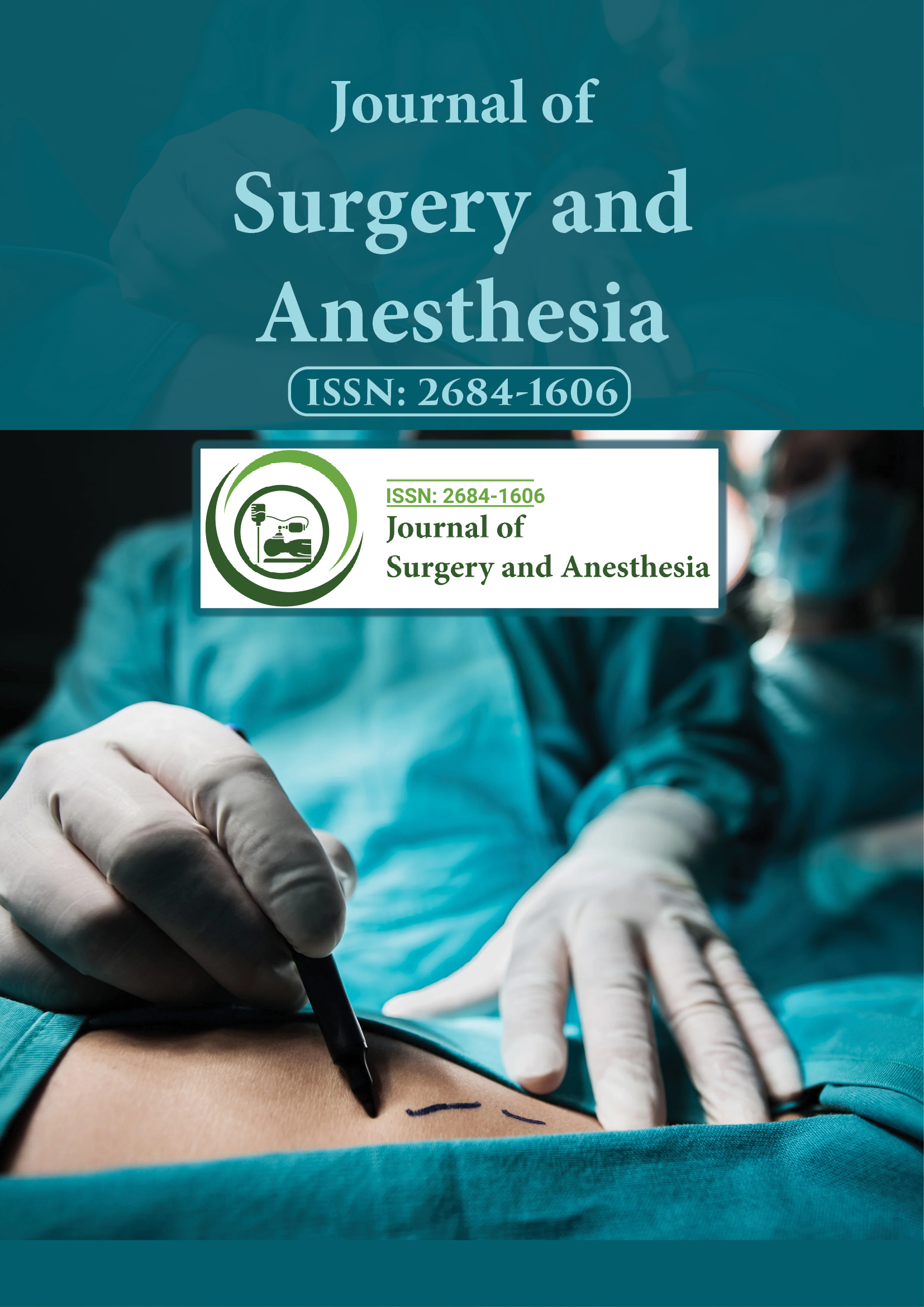Indexed In
- Google Scholar
Useful Links
Share This Page
Journal Flyer

Open Access Journals
- Agri and Aquaculture
- Biochemistry
- Bioinformatics & Systems Biology
- Business & Management
- Chemistry
- Clinical Sciences
- Engineering
- Food & Nutrition
- General Science
- Genetics & Molecular Biology
- Immunology & Microbiology
- Medical Sciences
- Neuroscience & Psychology
- Nursing & Health Care
- Pharmaceutical Sciences
Abstract
Patterns of Microvascular Response to Refractory Shock and Their Modulation by Vasoactive Resuscitations
El Rasheid Zakaria, Bellal Joseph, Faisal S Jehan, Muhammad Khan, Abdelrahman Algamal, Faheem Sartaj, Muhammad Jaffar Khan and Rajvir Singh
Objective: Progressive hemorrhagic shock (HS) causes splanchnic vasoconstriction and hypo-perfusion together with profound depletions of cellular cytosolic energy phosphates (ATP). Cellular energy failure and the splanchnic hypo-perfusion are critical to the pathogenesis of shock decompensation and the subsequent death from cardiocirculatory arrest. We recently demonstrated post-resuscitation survival benefit for cellular cytosolic ATP replenishment but not for vasopressors use in a rat model of refractory HS. The aim of this study was to determine the effects of progressive HS on the splanchnic microvasculature, and to compare the effects of adjuvant resuscitations with either norepinephrine, vasopressin or lipid vesicles encapsulating ATP (ATPv) on this microvasculature.
Methods: 40-male Sprague-Dawley rats were randomized into 4 groups of 10 each: HS/conventionalresuscitation (CR), HS/CR+Norepinephrine, HS/CR+Vasopressin, and HS/CR+ATPv. HS=initial removal of 30% of the calculated blood volume plus subsequent transection of the spleen for uncontrolled haemorrhage until a predefined intervention set-point was achieved; CR=shed blood returned+double the shed blood volume as lactated Ringer’s solution. Four-level intestinal microvascular A1 through A4 arterioles (100–8 μm diameter) in the terminalileum were continuously monitored with intravital-microscopy, and their diameters were measured at baseline, during shock, after completion of resuscitation, and during a 2 h post-resuscitation observation period. In addition, we recorded measurements of the mean arterial pressure, shock index, blood-gas profiles, and complete metabolic panels.
Results: Progressive HS caused bimodal arteriole responses with progressive vasoconstriction from baseline of first-order A1 and second-order A2 (-22.1 ± 1.9%), a progressive vasodilation of the third-order A3 and fourth-order A4 arterioles (+22.2 ± 2.8%). Resuscitation initially restored A1 and A2 diameters to near baseline. This was followed by post-resuscitation A1 and A2 vasoconstriction in all groups, except the ATPv group (-8.1 ± 3.4%). The hemorrhage-induced vasodilation of the A3 and A4 arterioles was maintained during the post-resuscitation observation period in the CR (+55.3 ± 6.4%) and the ATPv groups (+39.5 ± 5.2%), but remarkably attenuated in the norepinephrine (+9.6 ± 5.8%) and vasopressin (+9.4 ± 8.8) groups.
Conclusions: Severe hemorrhagic shock causes specific splanchnic microvascular bimodal response that is dependent on arteriolar level. First-order A1 and second-order A2 arterioles exhibit progressive vasoconstriction, whereas, third-order A3 and fourth-order A4 arterioles show progressive vasodilation. Temporary administration of either norepinephrine or vasopressin along with conventional resuscitation exerted deleterious effects at all splanchnic microvascular levels by virtue of their peripheral vascular actions. The cellular cytosolic ATP replenishment maintained a better microvascular profile when compared with the two vasopressors.
